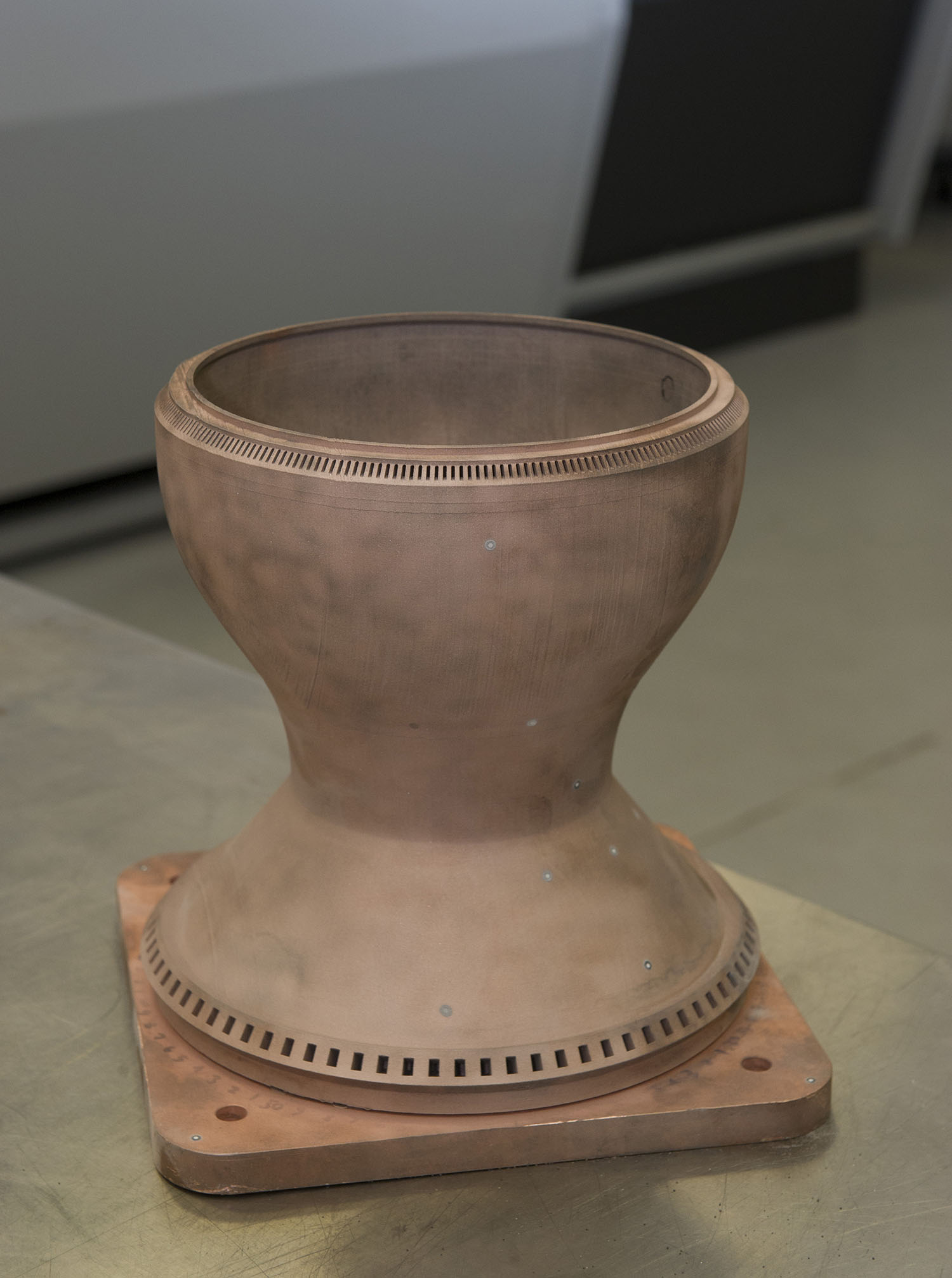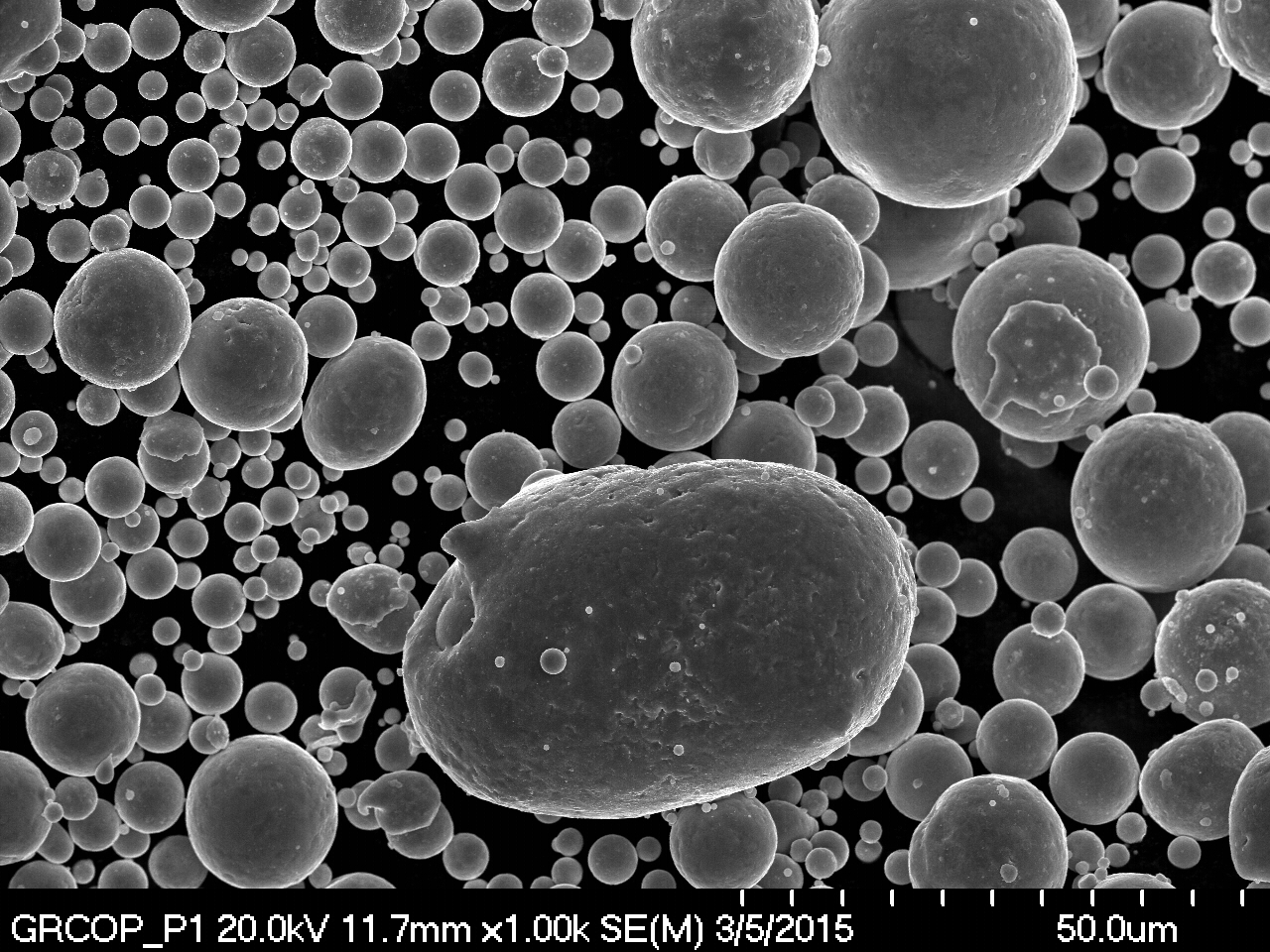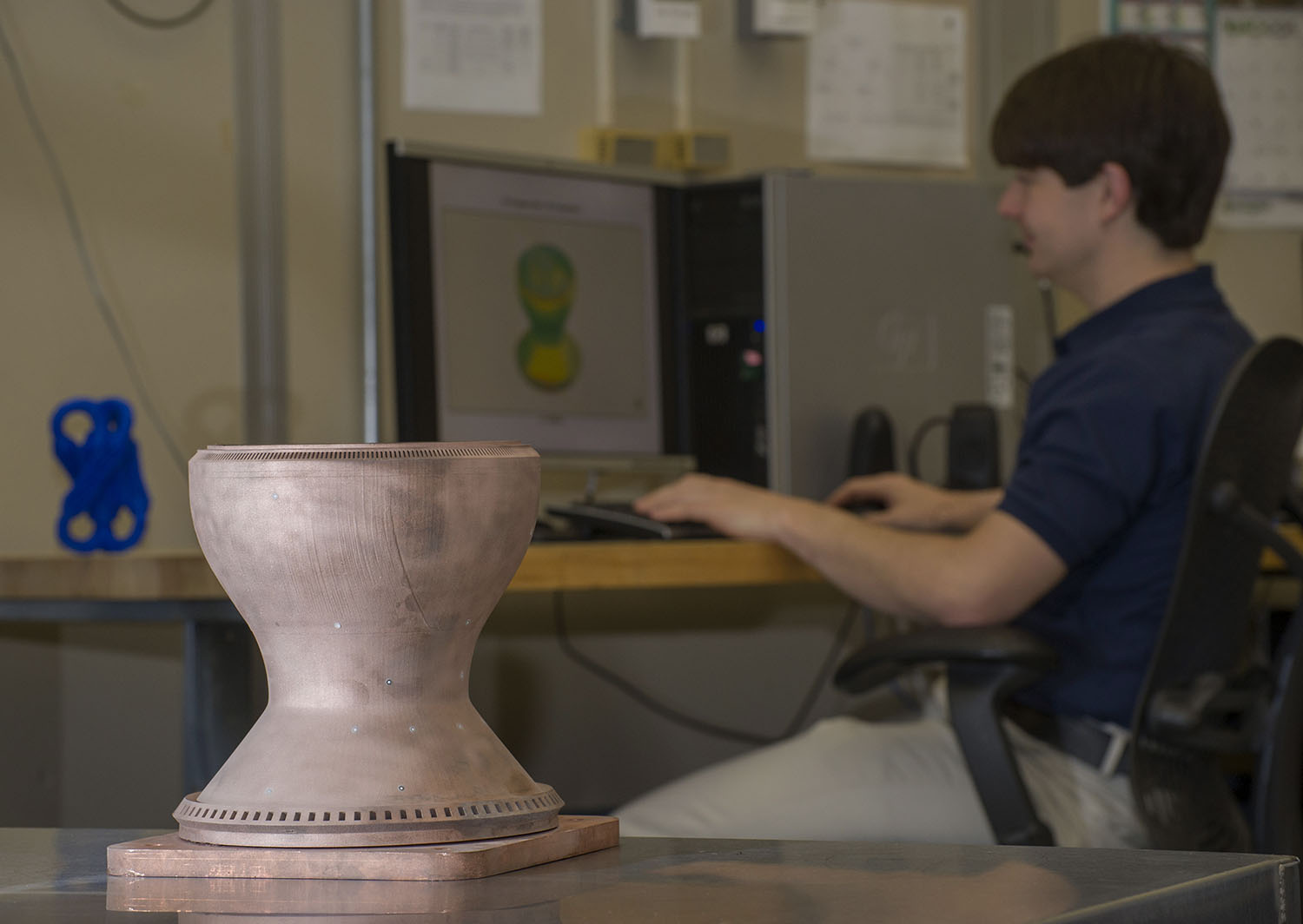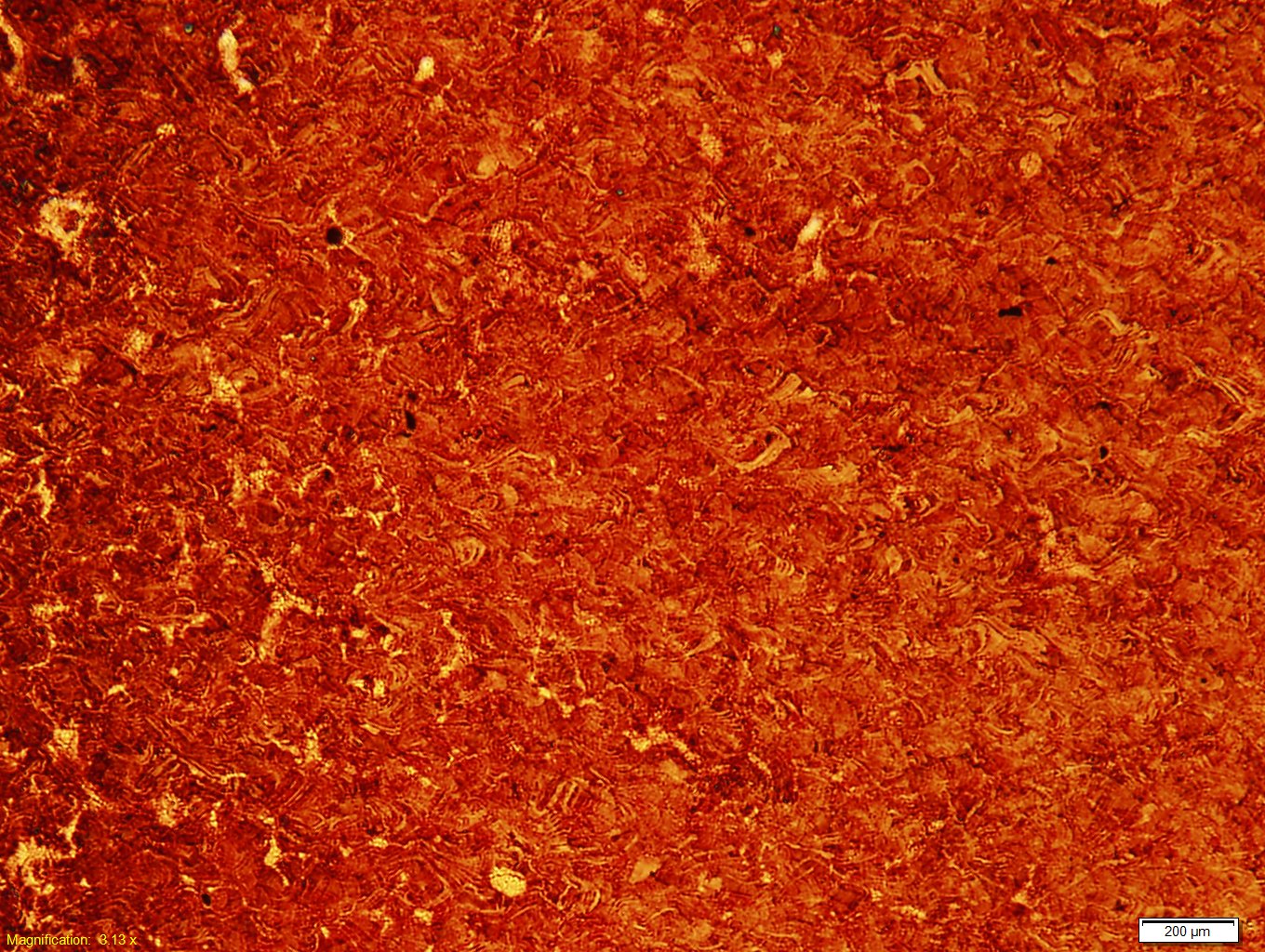When you think of copper, the penny in your pocket may come to mind; but NASA engineers are trying to save taxpayers millions of pennies by 3-D printing the first full-scale, copper rocket engine part.
“Building the first full-scale, copper rocket part with additive manufacturing is a milestone for aerospace 3-D printing,” said Steve Jurczyk, associate administrator for the Space Technology Mission Directorate at NASA Headquarters in Washington. “Additive manufacturing is one of many technologies we are embracing to help us continue our journey to Mars and even sustain explorers living on the Red Planet.”
Numerous complex parts made of many different materials are assembled to make engines that provide the thrust that powers rockets. Additive manufacturing has the potential to reduce the time and cost of making rocket parts like the copper liner found in rocket combustion chambers where super-cold propellants are mixed and heated to the extreme temperatures needed to send rockets to space.

“On the inside of the paper-edge-thin copper liner wall, temperatures soar to over 5,000 degrees Fahrenheit, and we have to keep it from melting by recirculating gases cooled to less than 100 degrees above absolute zero on the other side of the wall,” said Chris Singer, director of the Engineering Directorate at NASA’s Marshall Space Flight Center in Huntsville, Alabama, where the copper rocket engine liner was manufactured. “To circulate the gas, the combustion chamber liner has more than 200 intricate channels built between the inner and outer liner wall. Making these tiny passages with complex internal geometries challenged our additive manufacturing team.”
A selective laser melting machine in Marshall’s Materials and Processing Laboratory fused 8,255 layers of copper powder to make the chamber in 10 days and 18 hours. Before making the liner, materials engineers built several other test parts, characterized the material and created a process for additive manufacturing with copper.
“Copper is extremely good at conducting heat,” explained Zach Jones, the materials engineer who led the manufacturing at Marshall. “That’s why copper is an ideal material for lining an engine combustion chamber and for other parts as well, but this property makes the additive manufacturing of copper challenging because the laser has difficulty continuously melting the copper powder.”

Only a handful of copper rocket parts have been made with additive manufacturing, so NASA is breaking new technological ground by 3-D printing a rocket component that must withstand both extreme hot and cold temperatures and has complex cooling channels built on the outside of an inner wall that is as thin as a pencil mark. The part is built with GRCo-84, a copper alloy created by materials scientists at NASA’s Glenn Research Center in Cleveland, Ohio, where extensive materials characterization helped validate the 3-D printing processing parameters and ensure build quality. Glenn will develop an extensive database of mechanical properties that will be used to guide future 3-D printed rocket engine designs. To increase U.S. industrial competitiveness, data will be made available to American manufacturers in NASA’s Materials and Processing Information System (MAPTIS) managed by Marshall.
“Our goal is to build rocket engine parts up to 10 times faster and reduce cost by more than 50 percent,” said Chris Protz, the Marshall propulsion engineer leading the project. “We are not trying to just make and test one part. We are developing a repeatable process that industry can adopt to manufacture engine parts with advanced designs. The ultimate goal is to make building rocket engines more affordable for everyone.”
Manufacturing the copper liner is only the first step of the Low Cost Upper Stage-Class Propulsion Project funded by NASA’s Game Changing Development Program in the Space Technology Mission Directorate. NASA’s Game Changing Program funds the development of technologies that will revolutionize future space endeavors, including NASA’s journey to Mars. The next step in this project is for Marshall engineers to ship the copper liner to NASA’s Langley Research Center in Hampton, Virginia, where an electron beam freedom fabrication facility will direct deposit a nickel super-alloy structural jacket onto the outside of the copper liner. Later this summer, the engine component will be hot-fire tested at Marshall to determine how the engine performs under extreme temperatures and pressures simulating the conditions inside the engine as it burns propellant during a rocket flight.





























